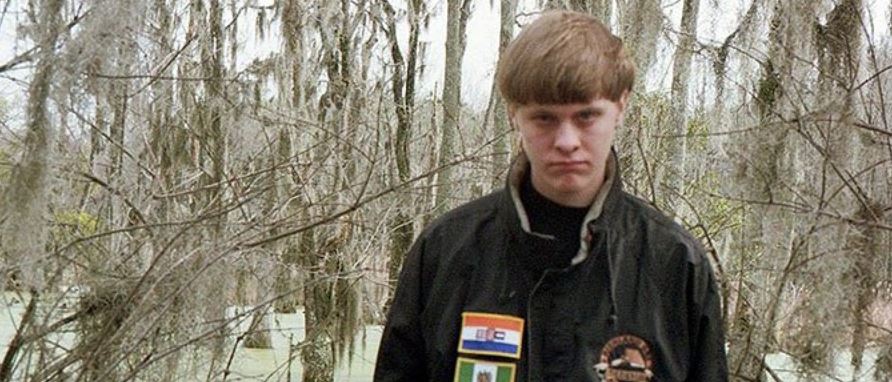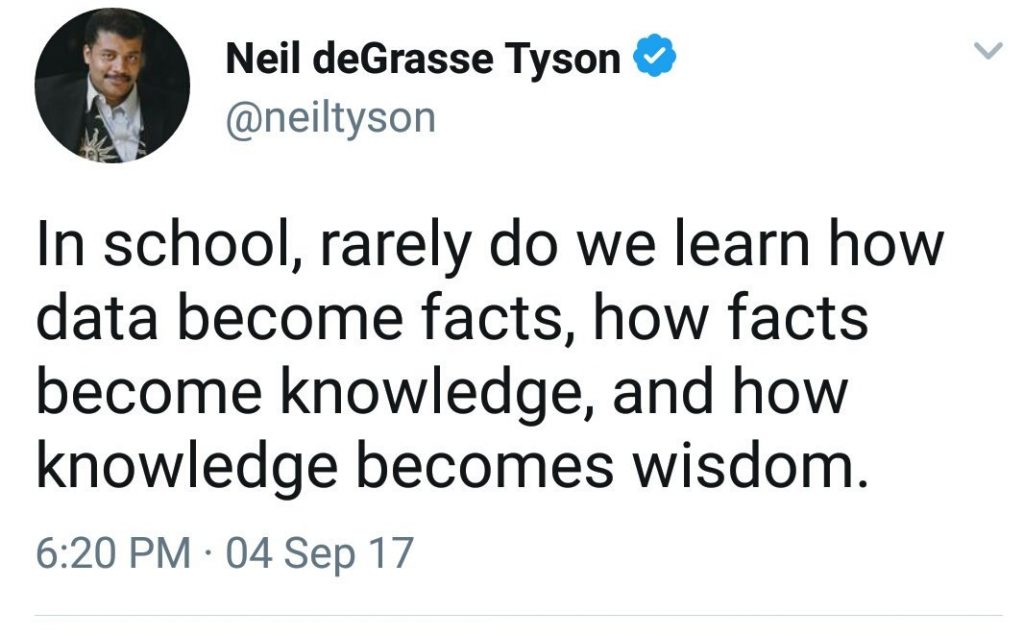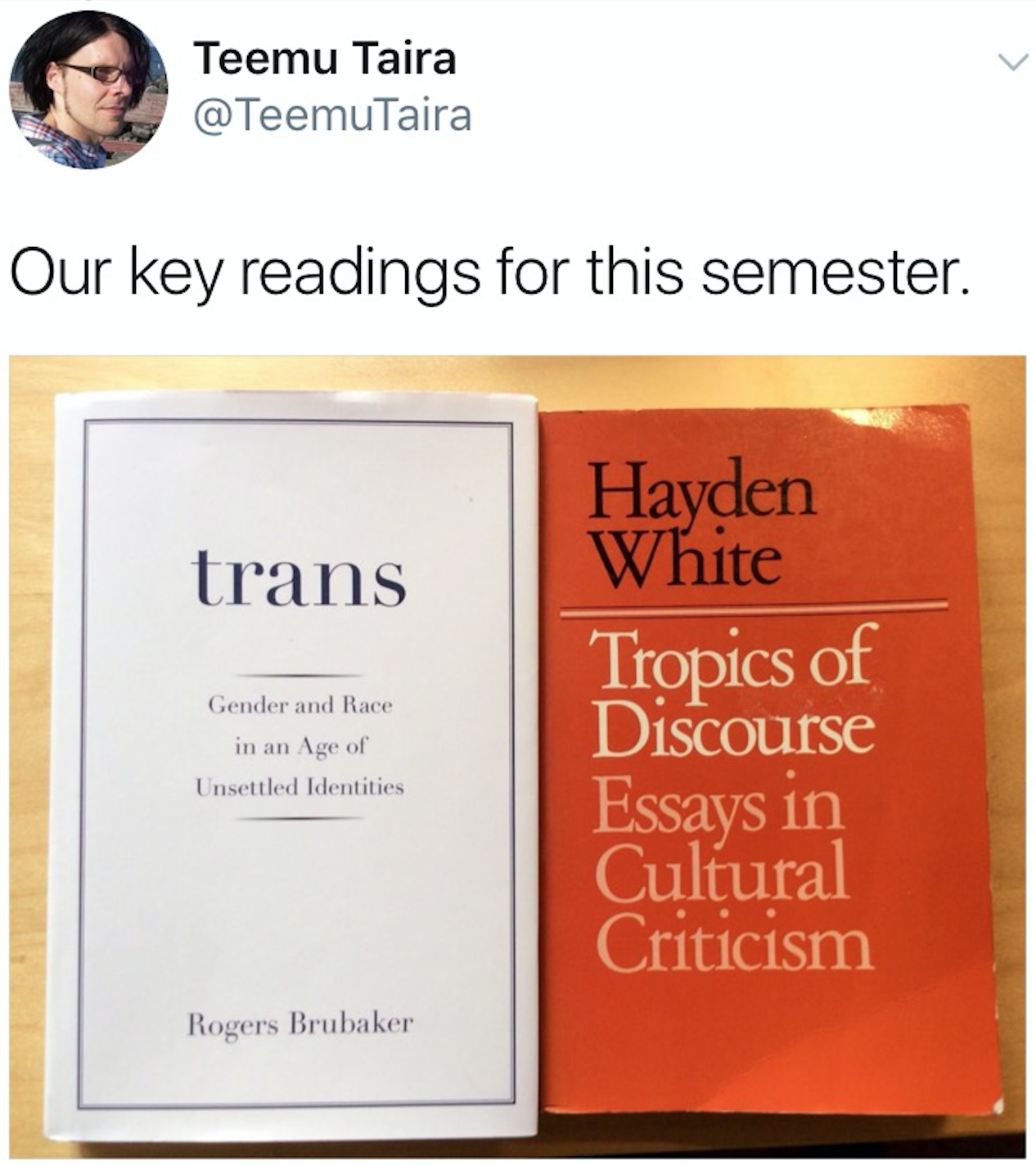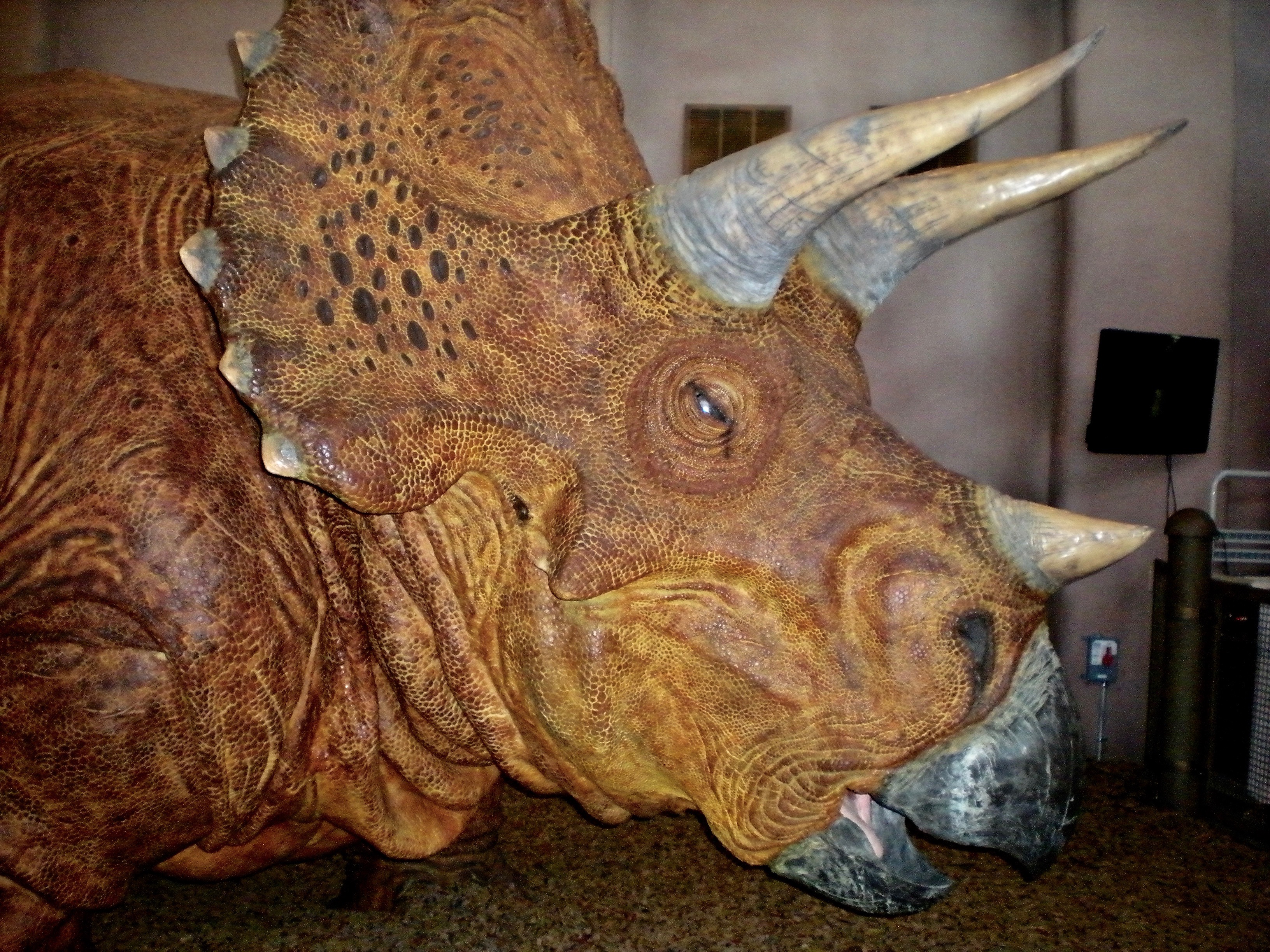 Photo of Animated Triceratops at Universal’s Island of Adventures, Orlando, FL
Photo of Animated Triceratops at Universal’s Island of Adventures, Orlando, FL
What do the dinosaurs of the past have to do with us today?
The first time I remember thinking about what really makes a dinosaur, was watching Steven Spielberg’s academy award-winning picture Jurassic Park (1993), where dinosaurs are brought back to life through the magic of DNA cloning. In the film, the small island of Isla Nublar is the home to a theme park built from the imagination of John Hammond, a billionaire philanthropist who spares no expense.
Adapted from Michael Crichton’s novel, Jurassic Park is a wildlife park of cloned dinosaurs that escape their enclosures and start hunting the humans. In one of the film’s most iconic scenes we find siblings Lex and Tim trapped in a kitchen by two raptors. As can be seen in the picture below the raptors tower over the children seeking out the siblings in a terrifying game of hide and seek.
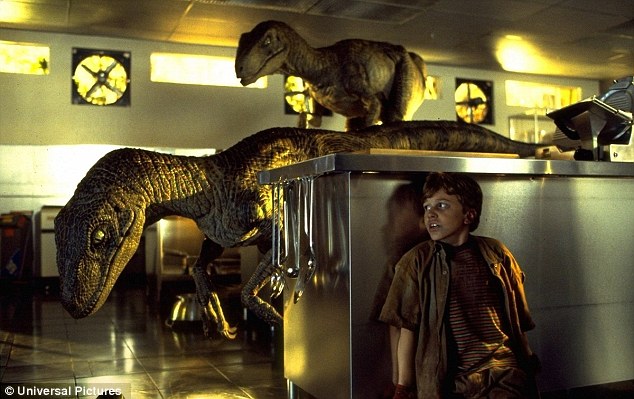 Photo Copyright Universal Studios, Film Stills: Jurassic Park (1993)
Photo Copyright Universal Studios, Film Stills: Jurassic Park (1993)
But according to Jurassic World’s palaeontology consultant, Jack Horner, the horse-sized beasts with fangs and claws that dawn the screen as raptors, have not been portrayed accurately as discussed Continue reading “Articulating Dinosaurs & Religions (The Story of Us)”




